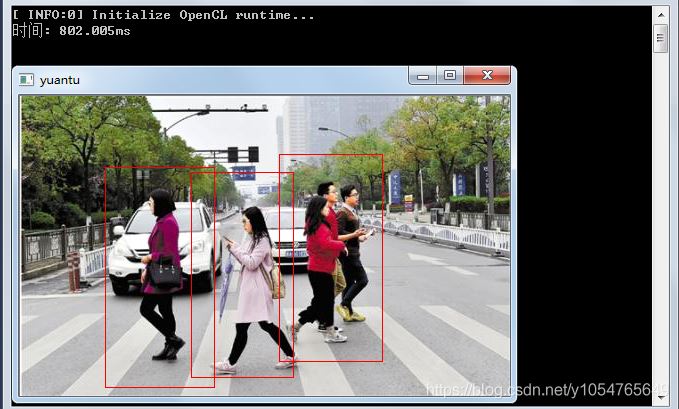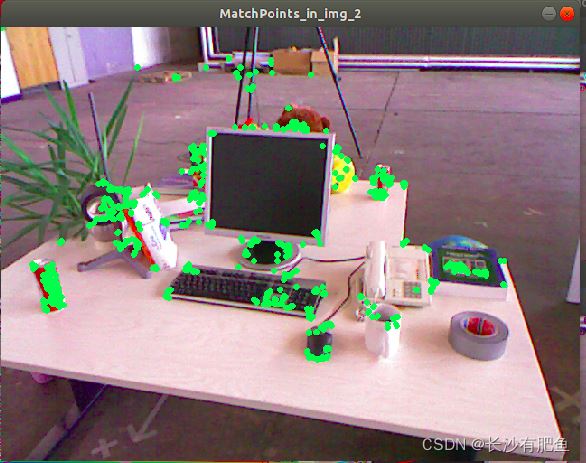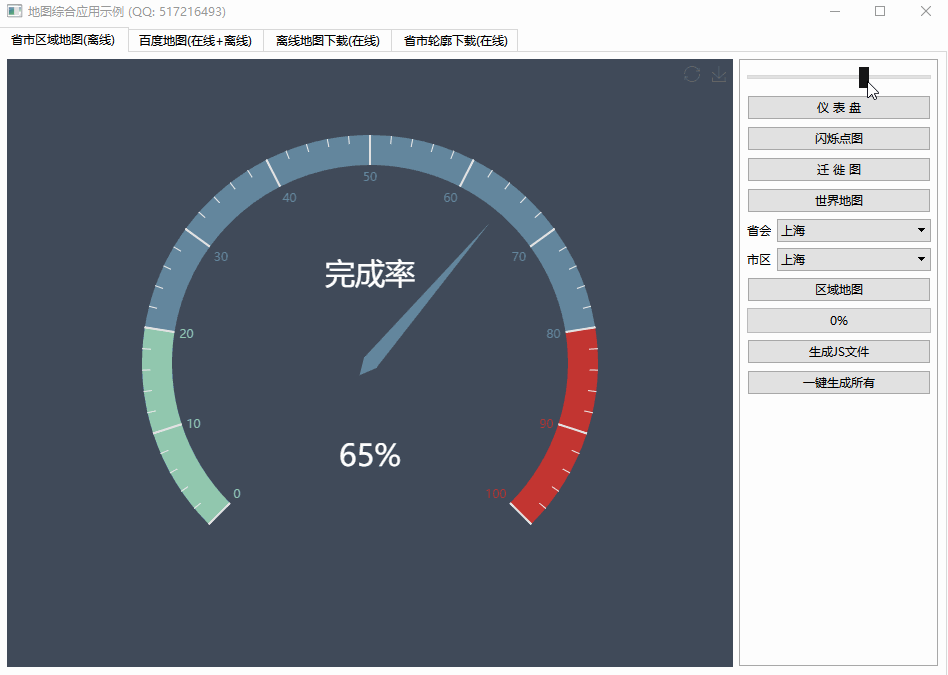Topological sort using DFS without recursion(使用没有递归的 DFS 进行拓扑排序)
问题描述
I know the common way to do a topological sort is using DFS with recursion. But how would you do it using stack<int> instead of recursion? I need to obtain the reversed post-order but I'm kinda stuck:
The graph is a vector<vector<int> > adjacency list
The following is the DFS which I want to use for topological sort
bool visited[MAX]={0};
stack<int> dfs, postOrder;
vector<int> newVec;
vector<int>::iterator it;
for(int i=0;i<MAX;i++){
if(visited[i]==false){
dfs.push(i);
}
while(!dfs.empty()){
int node=dfs.top();
dfs.pop();
visited[node]=true;
newVec=graph[node]; //vector of neighboors
for(it=newVec.begin();it!=newVec.end();it++){
int son=*it;
if(visited[son]==false){
dfs.push(son);
}
}
}
}
In order to construct the postOrder list you need to know the time when your algorithm has finished processing the last child of node k.
One way to figure out when you have popped the last child off the stack is to put special marks on the stack to indicate spots where the children of a particular node are starting. You could change the type of your dfs stack to vector<pair<bool,int>>. When the bool is set to true, it indicates a parent; false indicates a child.
When you pop a "child pair" (i.e. one with the first member of the pair set to false) off the stack, you run the code that you currently have, i.e. push all their children onto the stack with your for loop. Before entering the for loop, however, you should push make_pair(true, node) onto the stack to mark the beginning of all children of this node.
When you pop a "parent pair" off the stack, you push the parent index onto the postOrder, and move on:
vector<vector<int> > graph;
vector<bool> visited(max);
stack<pair<bool,int>> dfs;
stack<int> postOrder;
for(int i=0 ; i < max ; i++){
if(!visited[i]){
dfs.push(make_pair(false,i));
}
while(!dfs.empty()){
pair<bool,int> node=dfs.top();
dfs.pop();
if (node.first) {
postOrder.push(node.second);
continue;
}
if (visited[node.second]) {
continue;
}
visited[node.second]=true;
dfs.push(make_pair(true, node.second));
const auto& newVec=graph[node.second]; //vector of neighboors
for(const auto son: newVec){
if(!visited[son]){
dfs.push(make_pair(false, son));
}
}
}
}
Demo on ideone.
这篇关于使用没有递归的 DFS 进行拓扑排序的文章就介绍到这了,希望我们推荐的答案对大家有所帮助,也希望大家多多支持编程学习网!
本文标题为:使用没有递归的 DFS 进行拓扑排序


基础教程推荐
- 在 C++ 中计算滚动/移动平均值 2021-01-01
- 我有静态或动态 boost 库吗? 2021-01-01
- 如何检查GTK+3.0中的小部件类型? 2022-11-30
- C++结构和函数声明。为什么它不能编译? 2022-11-07
- 如何通过C程序打开命令提示符Cmd 2022-12-09
- 这个宏可以转换成函数吗? 2022-01-01
- 如何将 std::pair 的排序 std::list 转换为 std::map 2022-01-01
- 静态库、静态链接动态库和动态链接动态库的 .lib 文件里面是什么? 2021-01-01
- 如何在 C++ 中初始化静态常量成员? 2022-01-01
- 常量变量在标题中不起作用 2021-01-01

















